Harmonic Analysis (RMA) Worksheet for the song: Jingle Bells.
Jingle Bells
Jingle Bells is one of the best-known[1] and most commonly sung[2] American songs in the world. It was written in 1850 by James Lord Pierpont (1822–1893) at Simpson Tavern in Medford, Massachusetts. It was published under the title "The One Horse Open Sleigh" in September 1857. It has been claimed that it was originally written to be sung by a Sunday school choir for Thanksgiving, or as a drinking song. Although it has no original connection to Christmas, it became associated with winter and Christmas music in the 1860s and 1870s, and it was featured in a variety of parlor song and college anthologies in the 1880s. It was first recorded in 1889 on an Edison cylinder; this recording, believed to be the first Christmas record, is lost, but an 1898 recording also from Edison Records survives. (wikiwand);
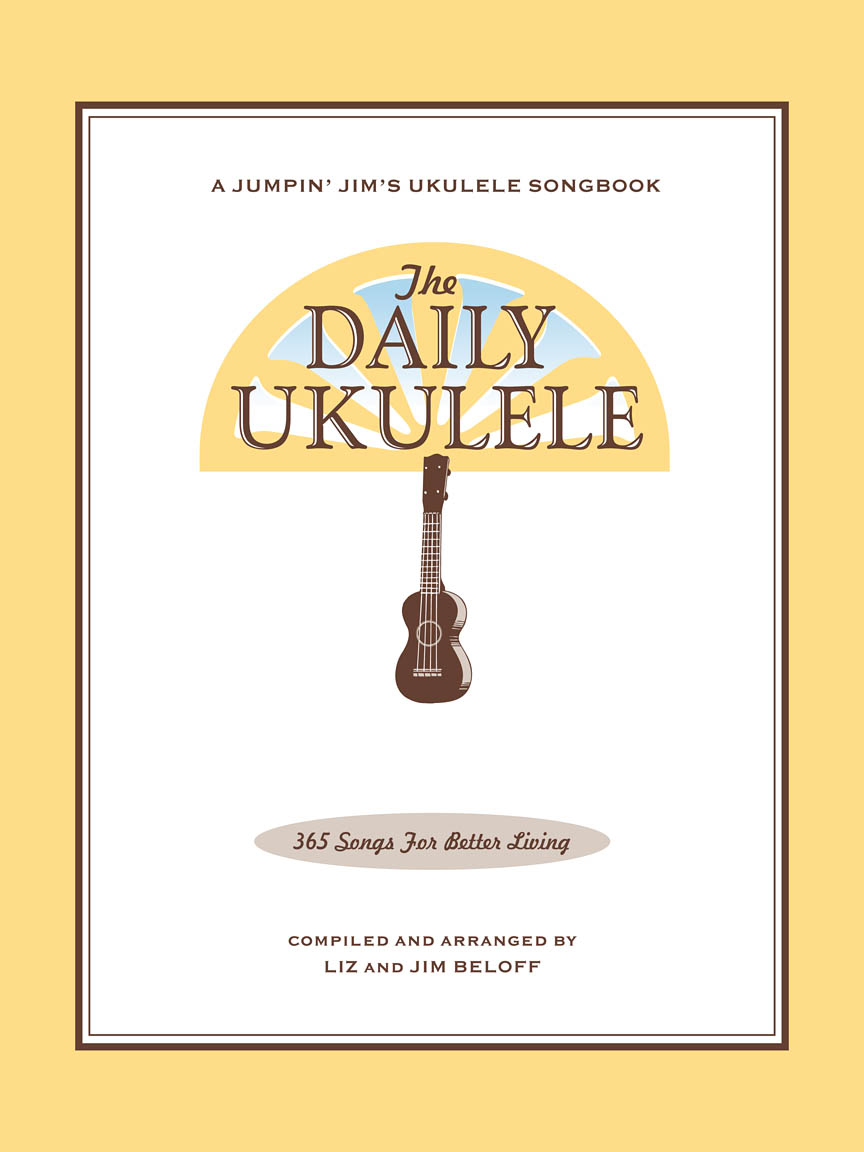
The Daily Ukulele— 365 Songs for Better Living book.






I7
( V of IV)
II7
( V of V)
(*) When playing the melody the (G7) , I (Curt) view as optional, just doesn't sound right, a little fancy for such a basic song.
I7
( V of IV)
A Harmonic Analysis (RMA/HA) and its worksheet are intended to show the function of the chords, the harmonic principles used, the keys and tonalities the song explores. And, can be used for scale selections and chord and scale substitutions.
lead leadsheet.Minimal roadmap information such as repeats, fine, D.S., D.C., and codas has been used in preparing the worksheets to somewhat mirror the leadsheet in the Daily Ukulele book.
Yellow Book. You should start to recognize that 1st endings typically always return to a previous verse or an
 section. With a 2nd ending, a transition to a different part of the song, a
section. With a 2nd ending, a transition to a different part of the song, a  or chorus. Harmonic Principles are used for these repeats and transitions.
or chorus. Harmonic Principles are used for these repeats and transitions.- Jingle Bells is in 4/4, Common Time and the Key of G .
- Full Diatonic
- Partial Diatonic • Full Diatonic includes Secondary Dominant chords
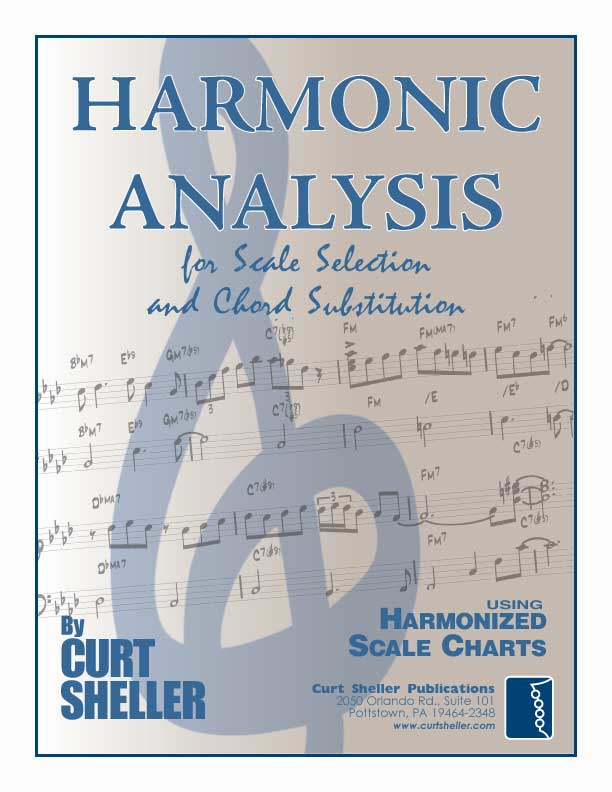
Contemporary Scales: Minor Pent: Minor Pentatonic, Pent: Major Pentatonic, Blues,
Scale/Mode Names: Ion: Ionian (Major), Dor: Dorian (Minor), Phrygian: Phrygian, Lyd: Lydian, Mix: Mixolydian (Dominant), Aeol: Aeolian (Natural Minor), Loc: Locrian
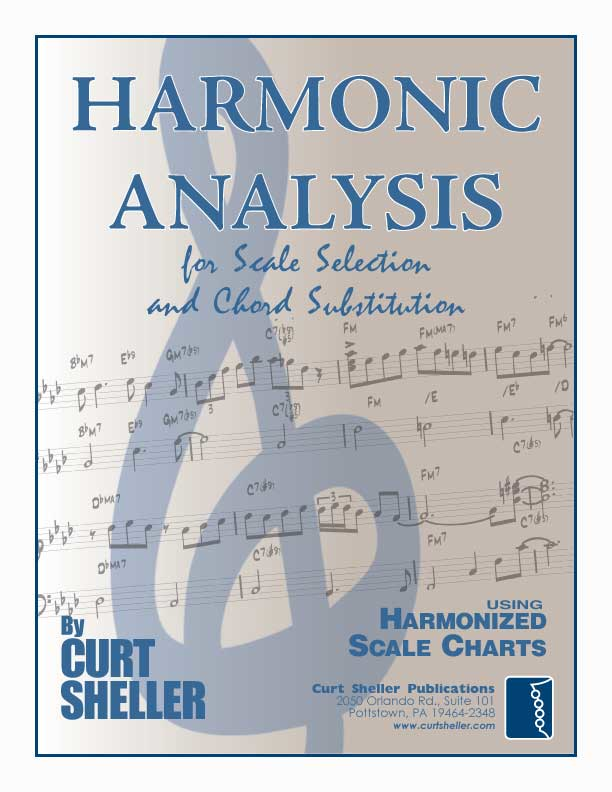

Here's a simple intro vamp you can try. Simple holiday song. Break out the tambourine and bells and just have fun with it.
Intro

With the interval of a Perfect having a Bell like quality, this Intro is a nice vamp to get this song going. Standard Music Notation shows a log G
. Hoever, this works equally well with high G
.
- (wikiwand) Jingle Bells
Related Lessons, Videos, Lesson Series, Songs, Books & Reference Charts, Resources & Assets, Workshops are below.
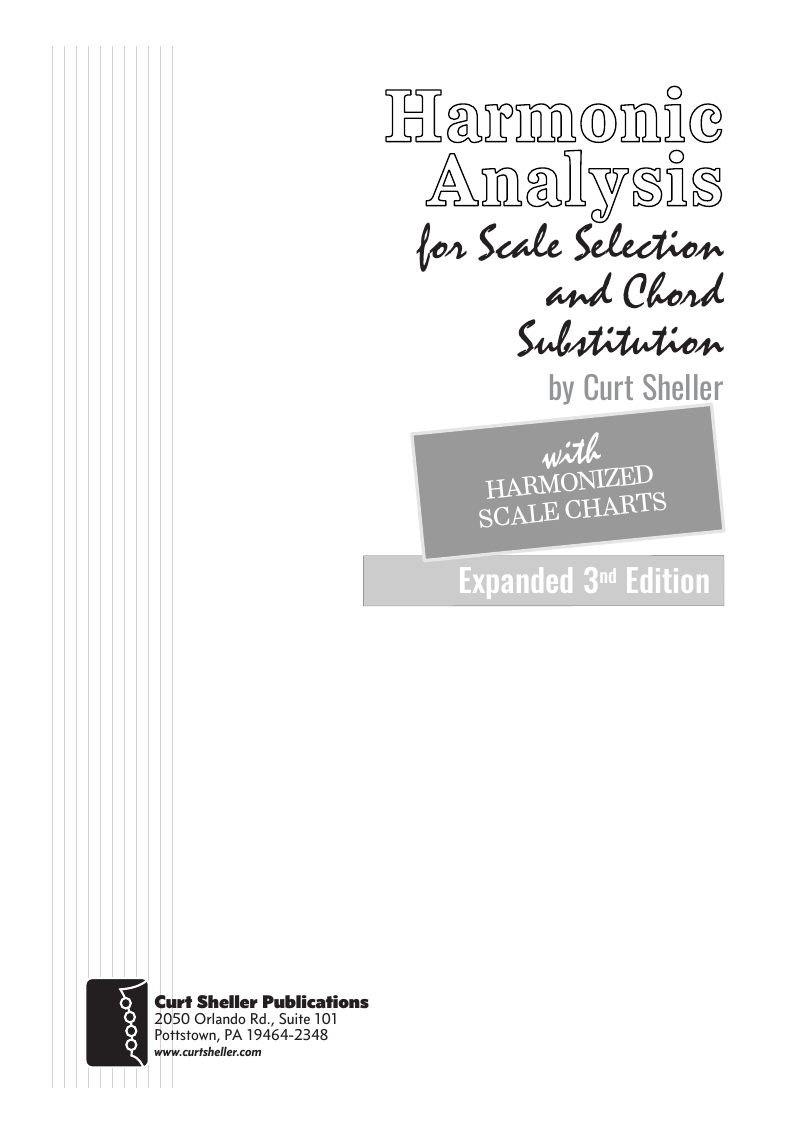
Harmonic Analysis ( HA ) is the process used to determine the harmonic function of chords within a chord progression. A chord progression is defined as a sequence of chords, each chord has a root and has a particular chord type. The relationship of a chord's root to a scale determines its function within that scale's tonality. Once a chord's function is identified, scale selections along with chord and scale substitutions can be made. This process is called Root Movement Analysis ( RMA ). This series of lessons are extracted from my book for use with individual private and on-line students. Each lesson directly corresponds the chapters in my book Harmonic Analysis for Scale Selection and Chord Substitution by Curt Sheller (me).

Harmonic Analysis (HA), also known as the study of chord relationships, is the method used to identify the harmonic role of chords within a chord progression or song. A chord progression refers to a sequence of chords, with each chord having a root note and belonging to a specific chord type. The function of a chord within a particular scale's tonality is determined by its relationship to that scale.

Rockin' Around the Christmas Tree is a Christmas song written by Johnny Marks and recorded by Brenda Lee in 1958 on Decca. Despite her mature-sounding voice, Lee recorded this song when she was only thirteen years old. The song's declaration of a rock and roll sound notwithstanding, its instrumentation also fits the country music genre, which Brenda Lee more fully embraced as her career evolved. The recording features Grady Martin's ringing guitar and Boots Randolph's swinging solo sax break. The song is written in the key of A-flat major.



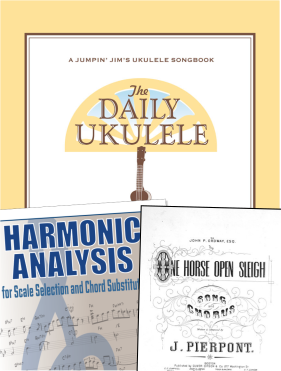
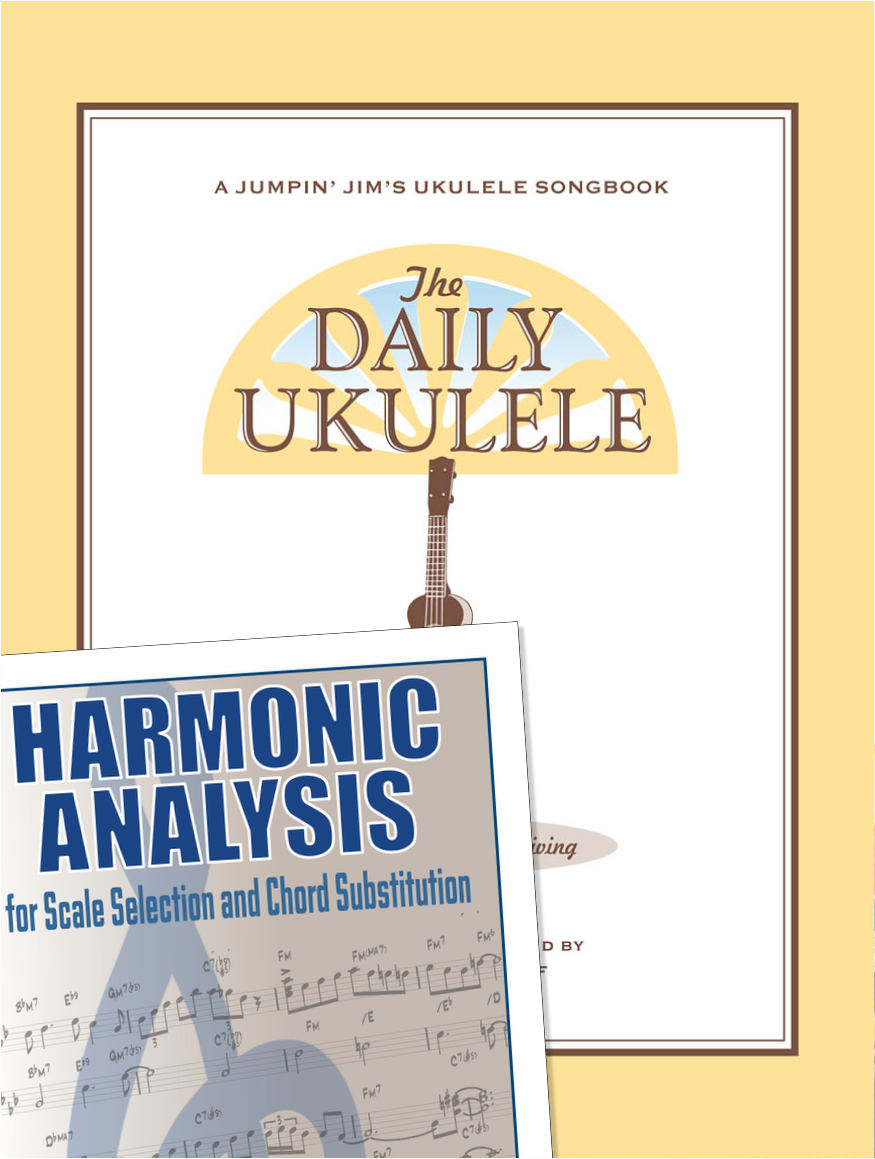


.jpg)